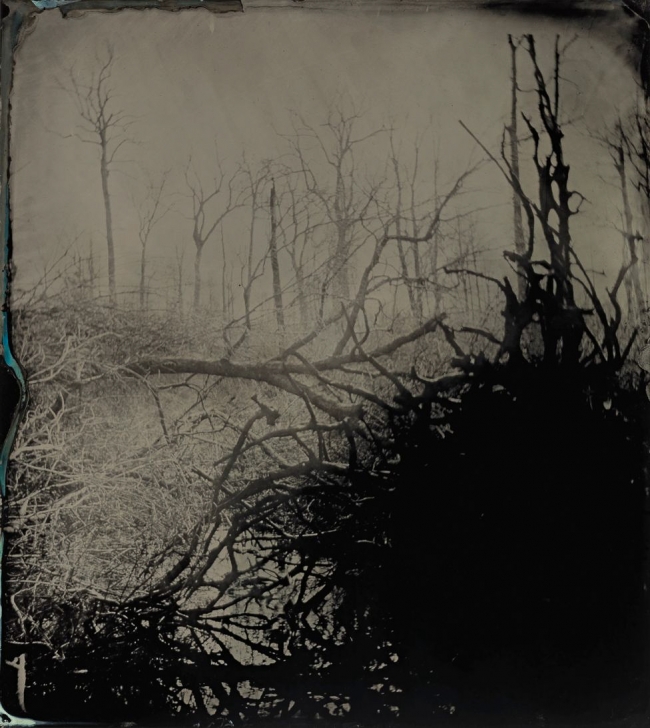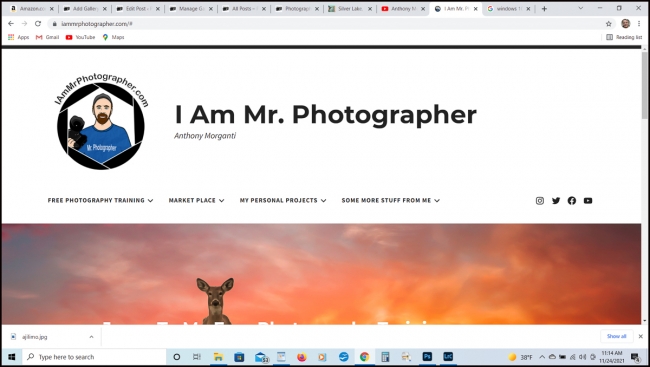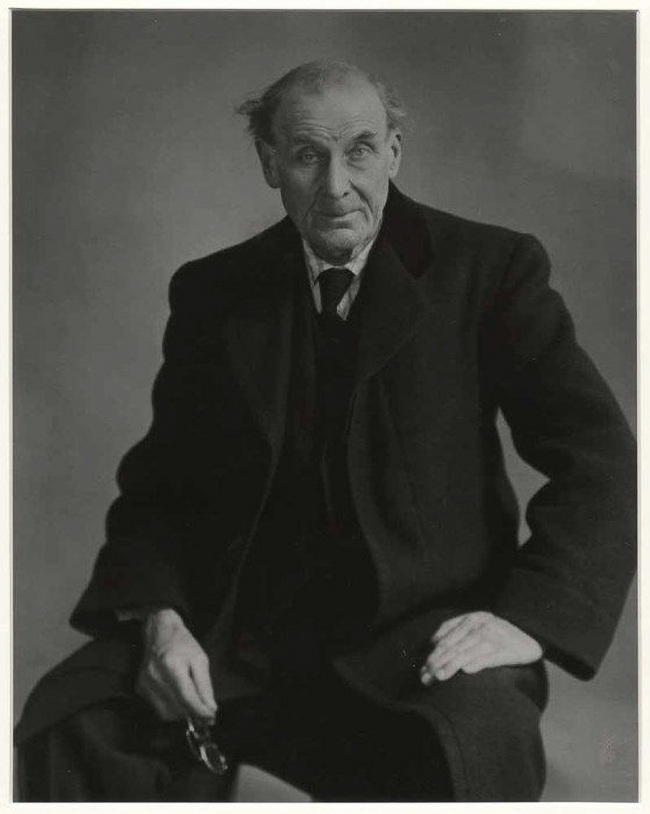Congratulations to one of my favorite photographers, Sally Mann on winning this years Prix Pictet award for her project exploring the devastating wildfires at the Great Dismal Swamp in south-eastern Virginia.
Anthony Morganti
During the pandemic I became something of a YouTube aficionado, subscribing to a number of photography related channels. I bumped into Anthony Morganti some time ago, but haven’t thought to post about it here until now.
He describes himself as follows:
I’m a professional photographer and photography educator from Buffalo, New York. In the 1980s, I established a thriving Wedding, Portrait, and Stock Photography business called, Creative Edge Photography in the Buffalo, New York area. I now spend my time teaching photography through workshops and YouTube Videos found on this website and my YouTube channel which currently has over 300,000 subscribers and is adding over 100 subscribers per day. I also mentor students one on one My mentoring program has been full to capacity and closed to new students since September of 2014 and has a waiting list of over 100 people hoping to be mentored by me.
I am a member of the Professional Photographers of America (PPA) and the National Press Photographers Association (NPPA).
My studio is in the historic Ellicott Square Building in downtown Buffalo
On YouTube he provides numerous, excellent and free tutorials on Adobe Photoshop and Adobe Photoshop Lightroom and less frequently on other photography related software.
You can find his website here and his YouTube channel here.
Enjoy!
The Photographic Eye
A while back I bumped into this photographer on Youtube. His name is Alex Kilbee and his channel is rather different. Most photography related channels focus on gear. Camera reviews, what’s the best camera, best lens etc. He describes his channel as follows:
A channel dedicated to helping you discover more about the art and history of photography, so you can become a better photographer.
I am Alex, and I’ve been fortunate to be a professional photographer now for around 30 years.
Having a wider appreciation of the art of photography is the key to creating photographs that stand out from the crowd and speak with your own unique voice. Think of this channel as a free course in learning how to speak visually through your photography.
This recent video (above) is a good example. In it he considers why it is that Youtube tends to largely show the gear related content. He provides information on other photographers who provide other photographic content (some of which I already knew, a number I didn’t). Then, based on his knowledge of the Youtube algorithm he explains how you can get Youtube to show you more non-gear related content.
Great stuff! Take a look at his other videos.
Finding Beauty: The Life Work of George Tice
Interesting short (22 minute) interview with George Tice: “… (1938-) an American photographer, best known for his meticulously crafted black and white prints in silver gelatin and platinum, as well as his books, which depict a broad range of American life, landscape, and urban environment, mostly photographed in his native New Jersey, where he has lived all his life, except for his service in the U. S. Navy, a brief period in California, a fellowship in the United Kingdom, and summer workshops in Maine, where he taught at the Maine Photographic Workshops, now the Maine Media Workshops” (Wikipedia).
Atget by John Szarkowski
Finally managed to get my hands on Atget by John Szarkowski.
Eugène Atget is my favorite photographer, arguably because I came across this book many years ago either on the internet, or in a library or somewhere I could not take away a copy of my own. It had a profound influence on me, as indeed did Atget on such luminaries as Henri Cartier-Bresson, Walker Evans, Berenice Abbott (who I believe took the picture above), Robert Frank, Lee Friedlander and others.
Photobookjournal.com describes it as follows:
I have a broad collection of photographic books that have had an image or two of Atget’s photographs and I really wanted to have a dedicated resource to read and study to further understand Atget’s way of looking at his environment. There are a number of alternative hardcover book options for Atgets photographs but to have access a paring of Atget’s photographs with the insights of Szarkowski and the beautifully printing and binding by MOMA in Italy was just too hard to resist.
The images are all well displayed in the book with a Atget photograph on the right and on the opposite spread the commentary about the photograph by Szarkowski.
So I have now traveled throught this book many times. At first I had hoped for a little more analysis of the structure of the photograph from Szarkowski and then I realized that he was helping to frame the context of the photograph as much as describing the photographs attributes.
The book sequences Atget photographs chronologically taking you on a historical journey through the development of Atget’s body of work. You come to understand that even Bernice Abbott, who became the champion of Atget’s photographs, did not get that close to the photographer himself.
So in conclusion this a book that I can really recommend.
Me too.



